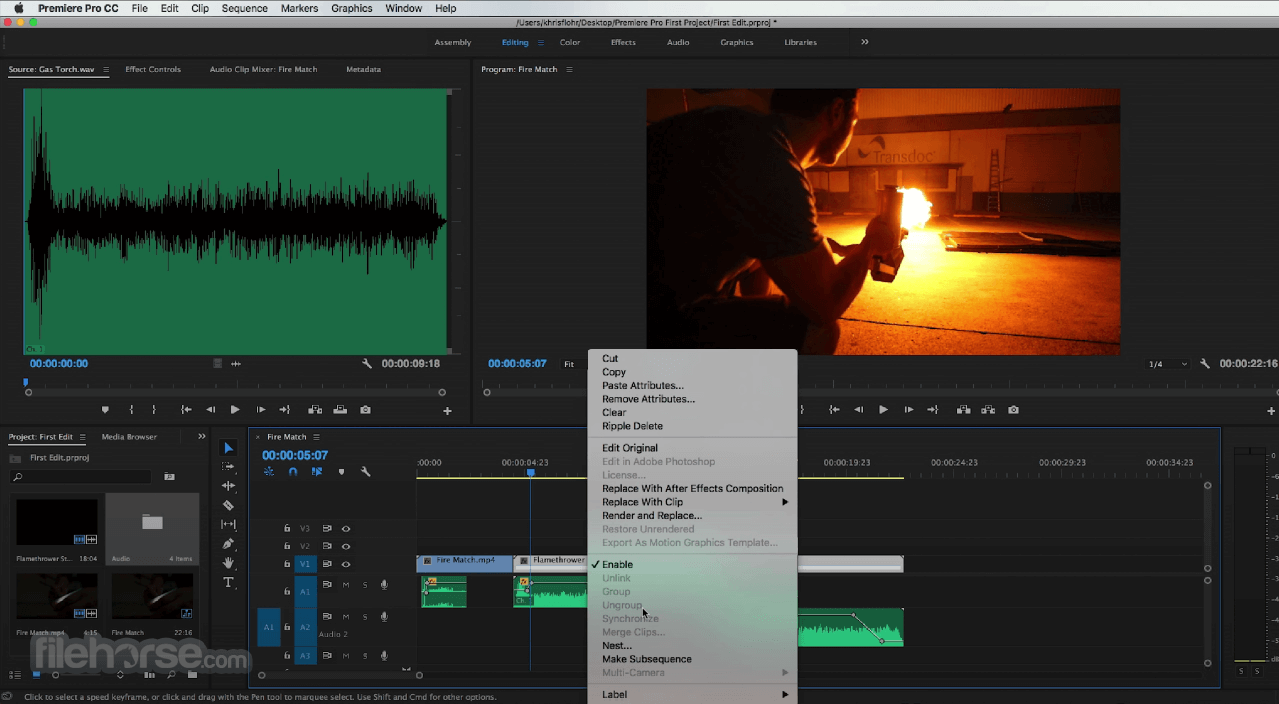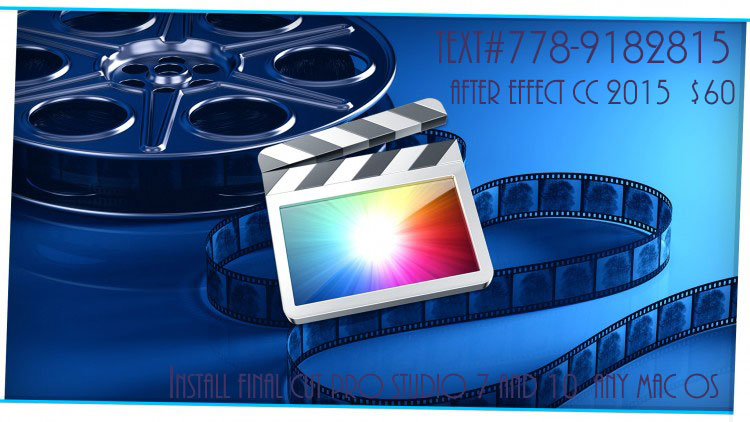

- #How to capture footage in premiere pro mac archive
- #How to capture footage in premiere pro mac full
- #How to capture footage in premiere pro mac professional
)Īs for the TBCs, I personally recommend a line TBC (if no MV is present). This I believe is necessary for good quality VHS caps. You capture 3 or 5 times (odd number), and use an algorithm that takes the median pixel, and the result is much cleaner and more consistent. The best solution for this, is with multiple captures and median methods. You have less control of it than the weather pattern itself. Every time you play it, it will reveal different white spots, different "tracking bursts", dropped frames (depending on the system), flaws, fuzzies, artifacts, etc, and all kinds of other random quirks, no matter what VCR you use.

You will always have inconsistencies with VHS.
#How to capture footage in premiere pro mac archive
You can get the highest quality, have complete flexibility to do processing, less problems with color spaces, and with HDD space so hugely available now there's little excuse to not use and archive with it, especially when it's only 30, but very precious, tapes.Īs for the inconsistencies, and TBCs, here's my view. However, if you want the ultimate, use lossless (ex: HuffYUV at 4:2:2) - bigger file size than DV, but worth it. If you know what you're doing with color space conversions, DV is just fine for VHS. Digital FAQ is very much against it for VHS, of which I disagree. We're talking about analog-to-digital, and a complete science at that.Ĭornucopia made some great recommendations, but I'll add a few of my own.ĭV is still IMO a great capture medium for VHS. Using an Adobe editor is unnecessary, and can change the quality with certain settings. This with firewire is the only bit-for-bit digital-to-digital accurate solution for DV tape. DV is a digital format, already in DV format, and only requires a copy (literally) to your hard drive. That article in Digital FAQ applies to capturing from DV tape, not VHS tape. Thanks again, this is lots of good information.
#How to capture footage in premiere pro mac professional
I may be okay with the ADVC-55, JVC Professional S-VHS, AVIT-8710 and Premiere but I just want to have explored all options before undertaking it. Is there any other sort of device you would recommend? The only other thing I've really seen that would capture to a better format at a somewhat reasonable price is the BlackMagic Design Intensity Shuttle but since it is USB 3.0 it would not work on my 2010 laptop. I am certainly open to some sort of device that would capture to MPEG2 or a higher quality lossless or uncompressed format. I was figuring capture and basic edit, not sure about any sort of processing, but then just store it digitally as well as burning to DVD.Īs far as capturing I currently have an ADVC-55 DV capture device but since I have a MacBook Pro I can't really do a capture card meant for desktops. Yeah I'm just looking at the best quality I can get given the source and not getting crazy pricewise for a relatively small number of tapes. If your intent is just to cap and view, with no editing or processing or converting, you could cap to AVC-in-MP4. If your intent it cap, very simple edit, No Processing, and author/burn straight to DVD, you could cap to DVD-compliant MPEG2. If your intent is cap, edit, process, convert to best possible SD quality available (given the source) and possibly many other formats, you should capture via analog card and save as uncompressed/losslessly-compressed. So if your intent is to capture, and edit, but not really process, and archive to DV or encode to another similar format, DV is a great match and is more than capable. You'll never get HD quality out of it, much less UHD.

#How to capture footage in premiere pro mac full
Remember, VHS doesn't even meet the full SD spec: sort of like 4:3 250x480 using 4:1:0 color. All depends on what you are going to do with the VHS caps. There are varied opinions on this here, but I'll try to sum up with my take on it:ĭV is an SD codec technology with good points (low horsepower requirements, easy editability) and bad points (mediocre compression efficiency, colorspace limitations).


 0 kommentar(er)
0 kommentar(er)
